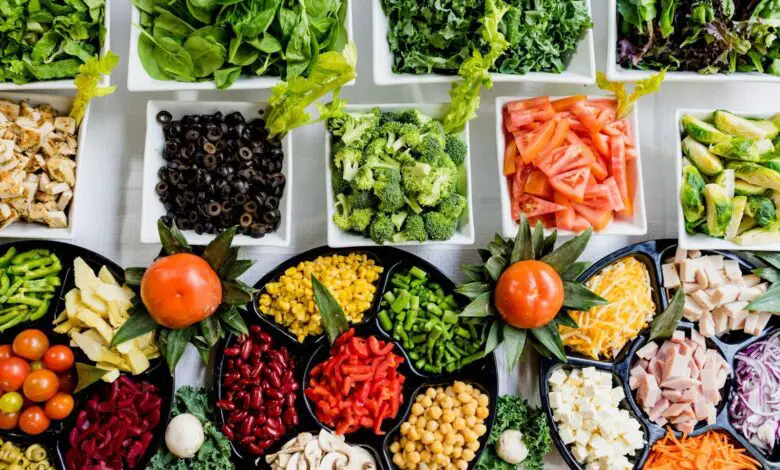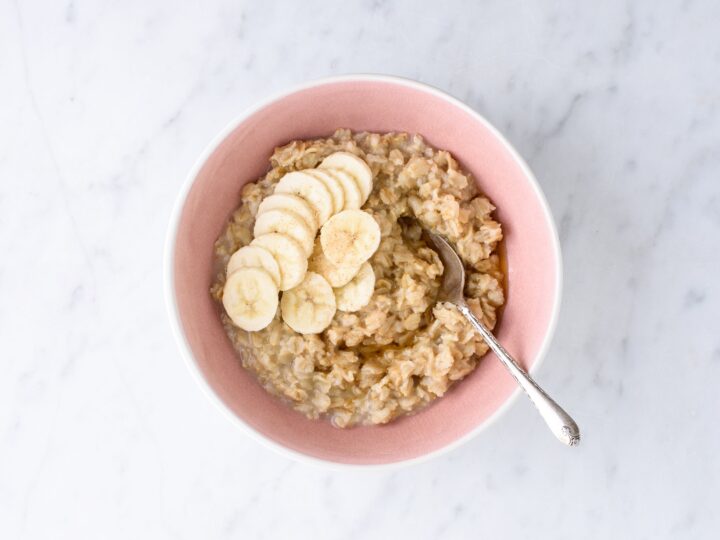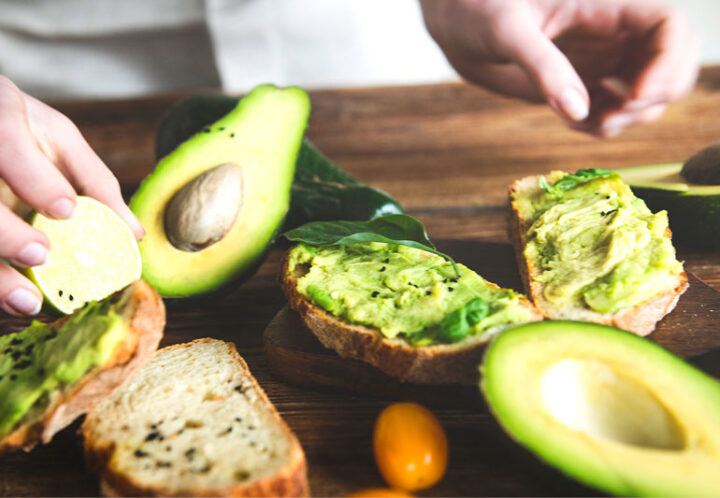6 Common Food Substitutes for a Healthier Diet

Because of the current health crisis, the concern for healthier choices is arising. It’s a good thing, especially that most of us are indoors and can’t move freely yet.
Aside from taking vitamins to boost the body’s immune system, a healthy diet and lifestyle are also part of the process. One way of attaining that is cooking nutritional foods. Give your homemade recipes a nutritious twist and replace typical food or ingredients with healthier ones. The Kitchen Community is a great resource for healthy meals and snacks, plus they have recipes and kitchen guides.
With that, here are 5 common food substitutes you may want to try out for a healthier diet:
1. Oatmeal instead of Cereal

Oats provide a well-balanced nutritional content. They’re high in carbohydrates and fiber, including the strong beta-glucan fiber. They also have a higher protein, fat, vitamin, mineral, and antioxidant content than other grains. On the other hand, cereals are packed with artificial sugar, added preservatives and artificial flavors. Although cereals are tastier and easier to prepare, your stomach is much fuller with oats, perfect to aid a busy morning.
2. Brown Rice instead of White Rice

Carbohydrate content is high in both white and brown rice. However, Brown rice is more nutrient-dense than white rice. It has more fiber, magnesium, and other minerals than white rice, and it isn’t chemically fortified with minerals. Brown rice is the foundation of all white rice. The husk, bran, and germ of the rice are removed during milling. This procedure extends the shelf life of white rice but also removes most of its nutritional value, such as fiber, vitamins, and minerals. As a result, white rice is chemically enriched with nutrients and polished to make it look more appealing.
3. Sparkling Water instead of Soda

One of the main reasons for quitting soda, such as cola, is to cut down on sugar consumption. This is because a full-fat Coke can contain roughly 11 grams of sugar. To burn off that one can, a person of average weight would have to walk for about 30-45 minutes, which most people will not accomplish. Soda can induce weight gain and even diabetes in persons who do not exercise, eat a bad diet, or live a sedentary lifestyle.
In addition, fizzy beverages are high in empty calories, which, if not burned off, may lead to obesity. Having a Coke as a treat will not harm you; nevertheless, like with anything, moderation is key. However, when individuals drink more soda than water and consume too much sugar, it becomes a problem.
Picking up a can of soda and drinking it on the road is quite simple. There are now a variety of sparkling water options to pick from. While many sodas include up to 10 grams of sugar per serving, many sparkling water drinks have significantly less. “Forty-eight percent of bottled-water users said that sugar worries had driven them to switch,” according to retail experts. In addition, there are calorie-free sparkling water drinks available for those who are sugar or weight-conscious. Flavored sparkling water appeals to people since it is distinct from plain water while also being healthful. Instead of drinking sugar-laden fruit juice, try sugar-free sparkling water with a fruity taste.
Sparkling water provides something that folks can’t get from their own faucet at home. The issue with bottled still water is the pollution caused by the plastic used to package it. So, it’s better to fill a reusable bottle with water. The majority of individuals do not have access to sparkling water at home, which is why they purchase it.
4. Avocado instead of Jam or Butter

Avocados are a unique fatty fruit with a creamy, silky feel. They’re high in B vitamins, potassium, copper, and vitamins C, E, and K, as well as monounsaturated fatty acids, antioxidants, and fiber. Avocados are helpful for your heart since they can lower blood cholesterol and triglycerides by up to 22% while increasing HDL (good) cholesterol. Avocados are also quite filling and do not boost blood sugar levels significantly, making them a weight-loss-friendly meal.
If you usually start your day with jam-topped toast, you’re losing out on a substantial and healthful breakfast option. Instead of your usual fruit spread (which is sometimes high in sugar), mash half an avocado on top of your bread, sprinkle with lemon juice and finish with a tomato slice. The fiber and cholesterol-lowering monounsaturated good fats in the green fruit will keep you full and content far into the afternoon, especially if served with an egg or two.
5. Dark Chocolate instead of Milk Chocolate

A chocolate loses the characteristics that make it healthful in the first place when it is processed more. Flavanols, which is a micronutrient present in cocoa, are responsible for many of chocolate’s health advantages, but they also have a bitter taste. According to the Cleveland Clinic, those flavanols begin to go when fermented, alkalized, and roasted to help neutralize the flavor. As a result, dark chocolate, which includes at least 35% cocoa, retains more of its health advantages than milk chocolate, which includes less than 10% cocoa. In other words, you’re barely receiving any chocolate at all.
When it comes to the healthiest type of chocolate, dark chocolate is by far the most nutritious. Because dark chocolate has more cocoa, it has more flavanols than milk chocolate. It usually has between 70 and 80 percent. A chocolate with a greater cocoa content, on the other hand, is more bitter than one with a lower cocoa content. Milk chocolate comprises a lot of additional milk and sugar to balance out the bitterness of the cocoa. The disadvantage of milk chocolate is that it is mainly composed of sugar and saturated fat which are harmful to your health.
6. Almond nuts instead of Granola

While granola may appear to be a harmless yogurt topping, it nearly always contains added sugar. Instead of adding extra calories and sugar, top your yogurt with almonds to get the crunch you desire. If you want to add something sweet, sprinkle a spoonful or two of maple syrup or honey on top. Almonds are the king of crunchy snacks. They’re high in heart-healthy fats, are extremely nutritious, and don’t require any cooking.
Almonds are high in antioxidants and include many fiber, protein, and vitamins and minerals, including vitamin E, manganese, and magnesium.
They have the potential to lower blood pressure, cholesterol, and LDL cholesterol oxidation, all of which are risk factors for heart disease. Despite their high fat and calorie content, they’re also incredibly filling. According to one research, eating almonds as part of a weight-reduction regimen enhanced weight reduction by as much as 62 percent if you’re in the mood for something sweet, stuff 2–3 almonds inside a date for a delicious treat.
Replacing your normal meals with healthier substitutions may seem strange at first, but your body will eventually adapt to the changes in the long run, and you may even come to enjoy the new flavor! Trying healthier foods may also help you vary your diet and attain a balanced diet, which is vital for your boy’s overall health.
